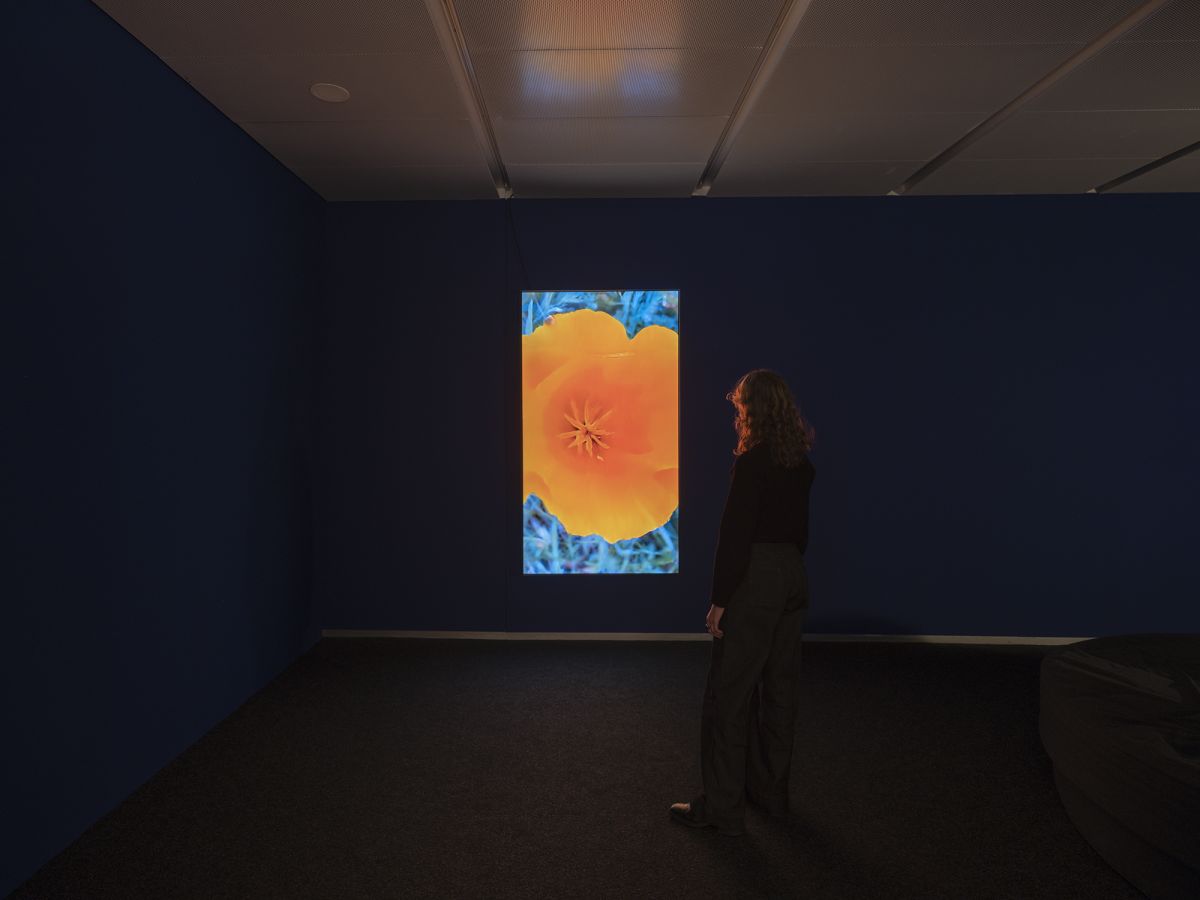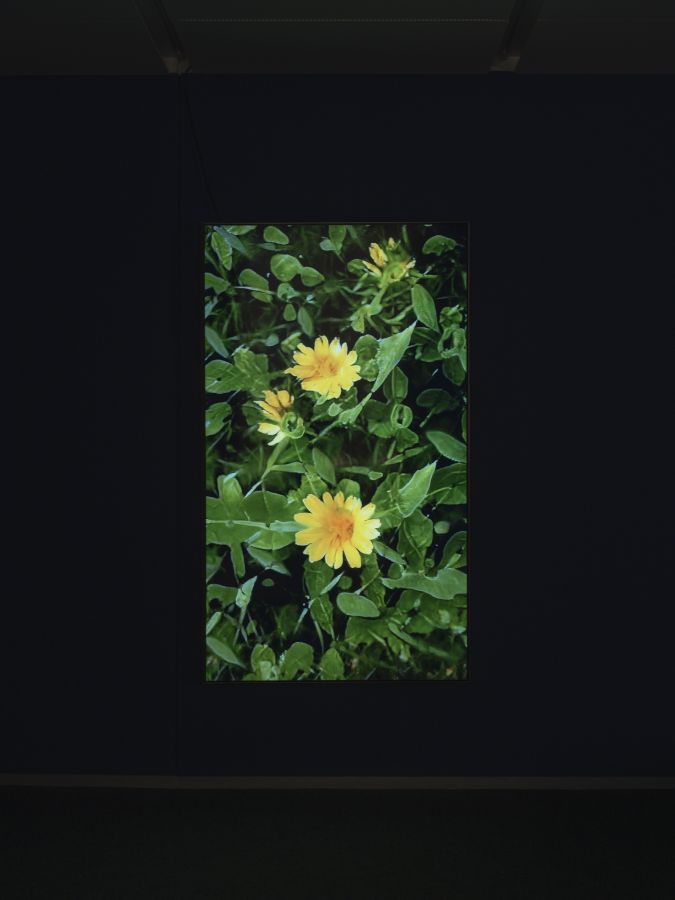Anna Ridler
Circadian Bloom is a screen-based visual clock that tells the time through flowers. This piece shows flowers able to keep time, each blooming at a different hour of the day. Constructed using a series of complex algorithms, the digital flower forces the viewer to contemplate other ways of telling time.
The flower clock is designed to start at dawn and end at dusk. It changes daily to reflect the precise longitude and latitude programmed for. Throughout the day, the imagery of the different flowers evolves in real time in synchrony with their natural counterparts, blooming and closing at the correct time of day. Because the length of daylight changes throughout the year, looking at it at the same time will result in different flowers being shown each month.
The project is inspired by Carl Linnaeus’s idea of a floral clock or horologium florae that he proposed in his Philosophia Botanica in 1751 after observing the phenomenon of certain flowers opening and closing at set times of the day. Since then, the flower clock has remained a concept. A flower’s circadian rhythm is ‘filled with complications’ – geography, climate, light levels, seasonality – making it nearly impossible to grow a true horologium florae that would cover the entire day and function as a clock. By working digitally, the artist is able to make it real and create a tension between the highly precise and accurate time keeping methods that sit inside computers and the images that result, revealing that it is not just visuals of flowers but something that is in sync with the natural environment.



